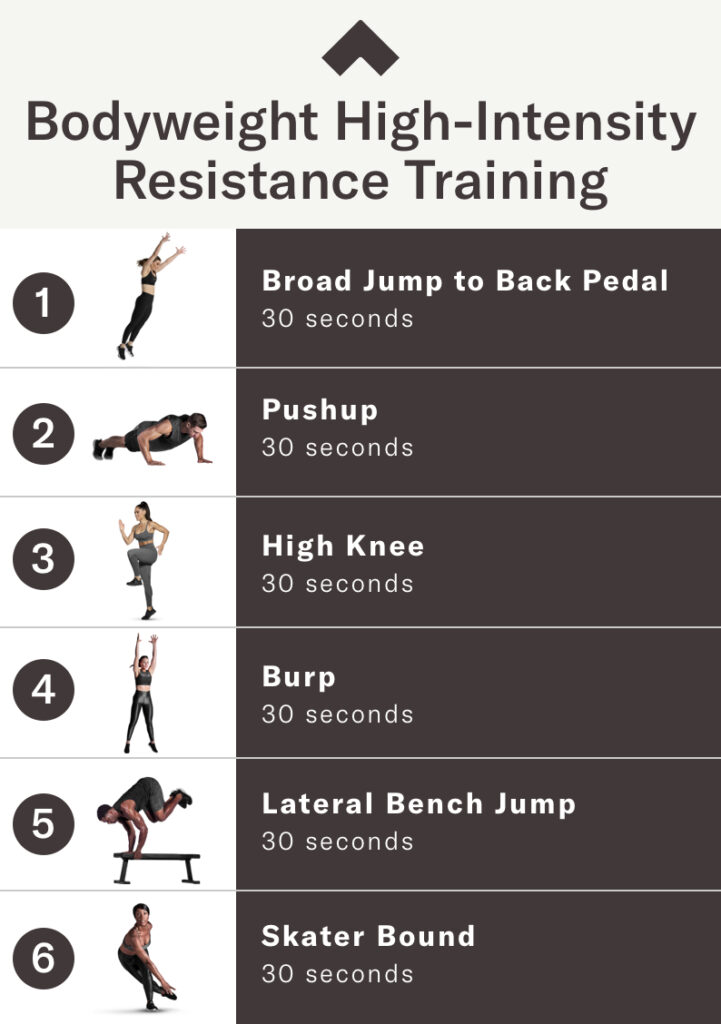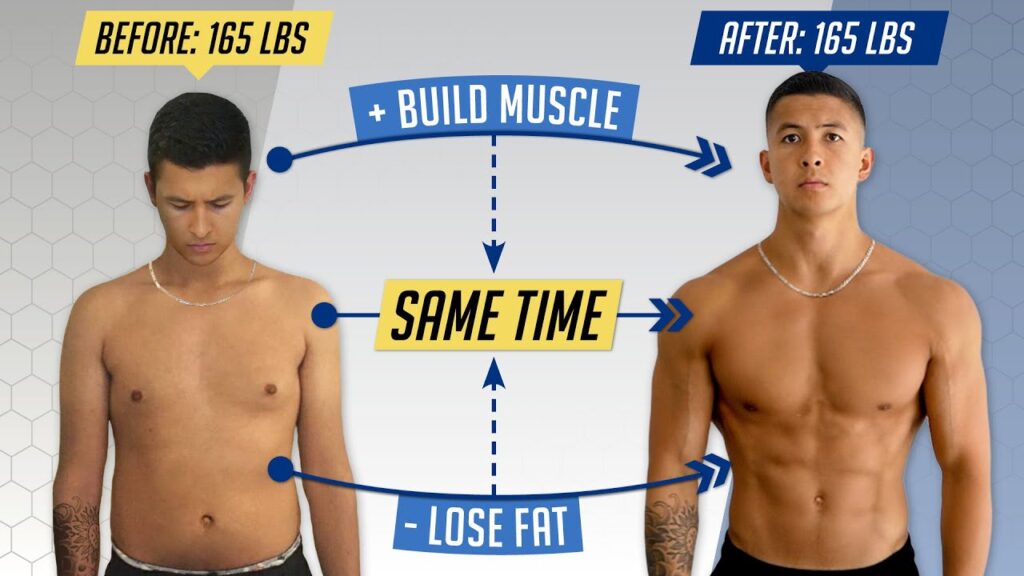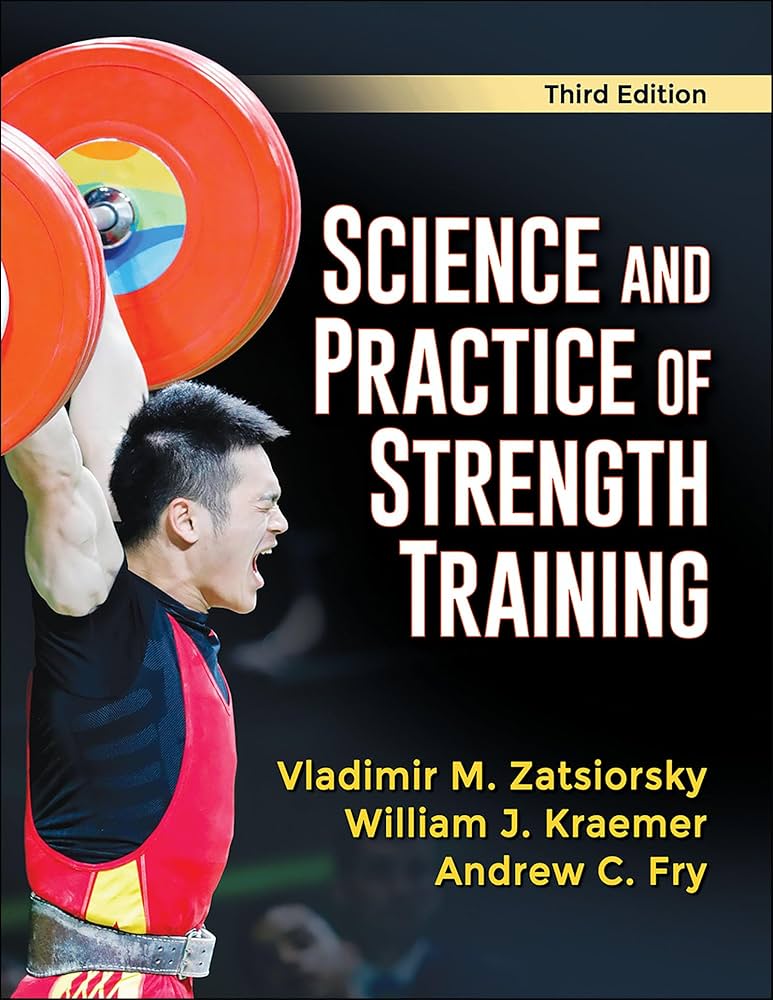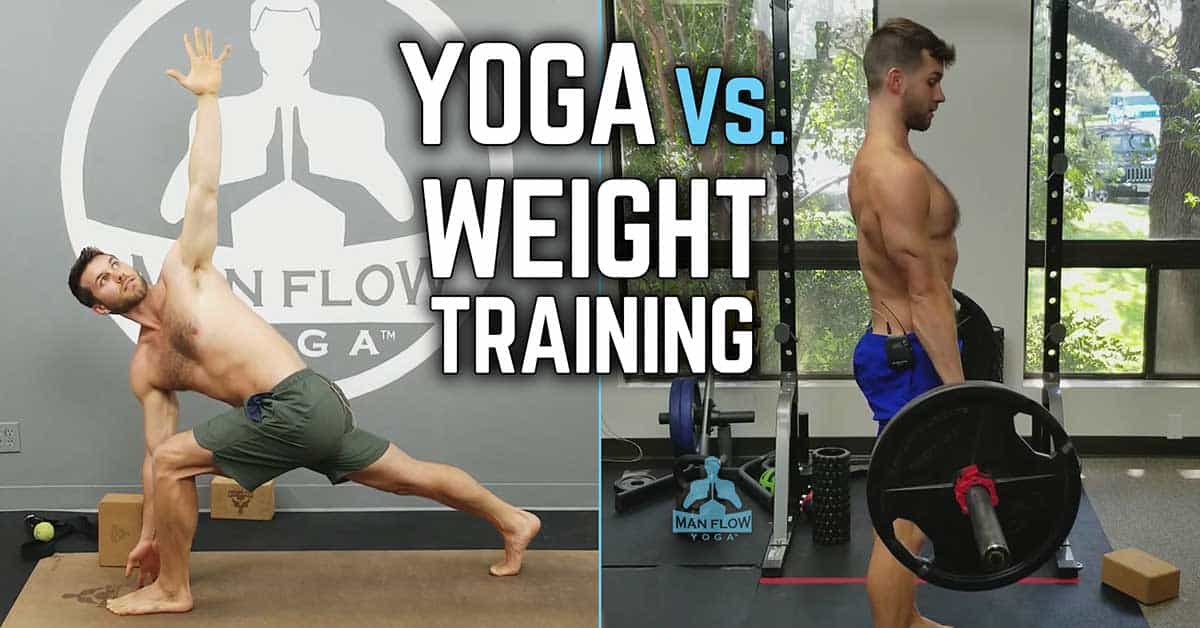Yes, strength training burns calories. It helps increase muscle mass, which boosts your metabolism and burns more calories.
Strength training involves using resistance to build muscle mass, strength, and endurance. This form of exercise not only tones your body but also plays a crucial role in weight management. By increasing muscle mass, strength training elevates your resting metabolic rate, meaning you burn more calories even when not exercising.
Additionally, it enhances overall physical performance, reduces the risk of injury, and improves bone density. Incorporating strength training into your fitness routine can lead to significant health benefits. It is essential for anyone looking to improve their overall fitness and achieve long-term weight loss goals.
The Calorie Burn Mechanism
Strength training builds muscles. Muscles burn calories even at rest. This helps in increasing the metabolic rate. More muscles mean more calories burned.
Energy is spent while lifting weights. This energy comes from calories. The body uses more energy to repair muscles. This process continues even after the workout.
Credit: www.quora.com
Strength Training Vs. Cardio
Strength training effectively burns calories by building muscle, which increases your resting metabolic rate. This helps you burn more calories even while at rest.
Comparing Caloric Burn
Cardio exercises like running and cycling burn calories quickly. Strength training also burns calories but in a different way. It builds muscles and increases your metabolic rate. This means you burn more calories even when resting.
Myths And Realities
Many think cardio is the best for calorie burning. This is a myth. Strength training is equally effective. It helps in long-term calorie burn. Muscles burn more calories than fat. So, more muscles mean higher calorie burn.
Types Of Strength Training
Bodyweight exercises use your own body as resistance. Push-ups and squats are popular examples. These exercises burn calories and build muscle. They are easy to do anywhere. No special equipment is needed.
Weightlifting involves lifting heavy weights. This method increases muscle mass and strength. Dumbbells and barbells are commonly used. Lifting weights also boosts your metabolism. This helps in burning more calories throughout the day.
Resistance bands are stretchy bands used for exercise. They are portable and easy to use. These bands offer resistance when stretched. This helps in building muscle and burning calories. Bands come in different strengths for various fitness levels.
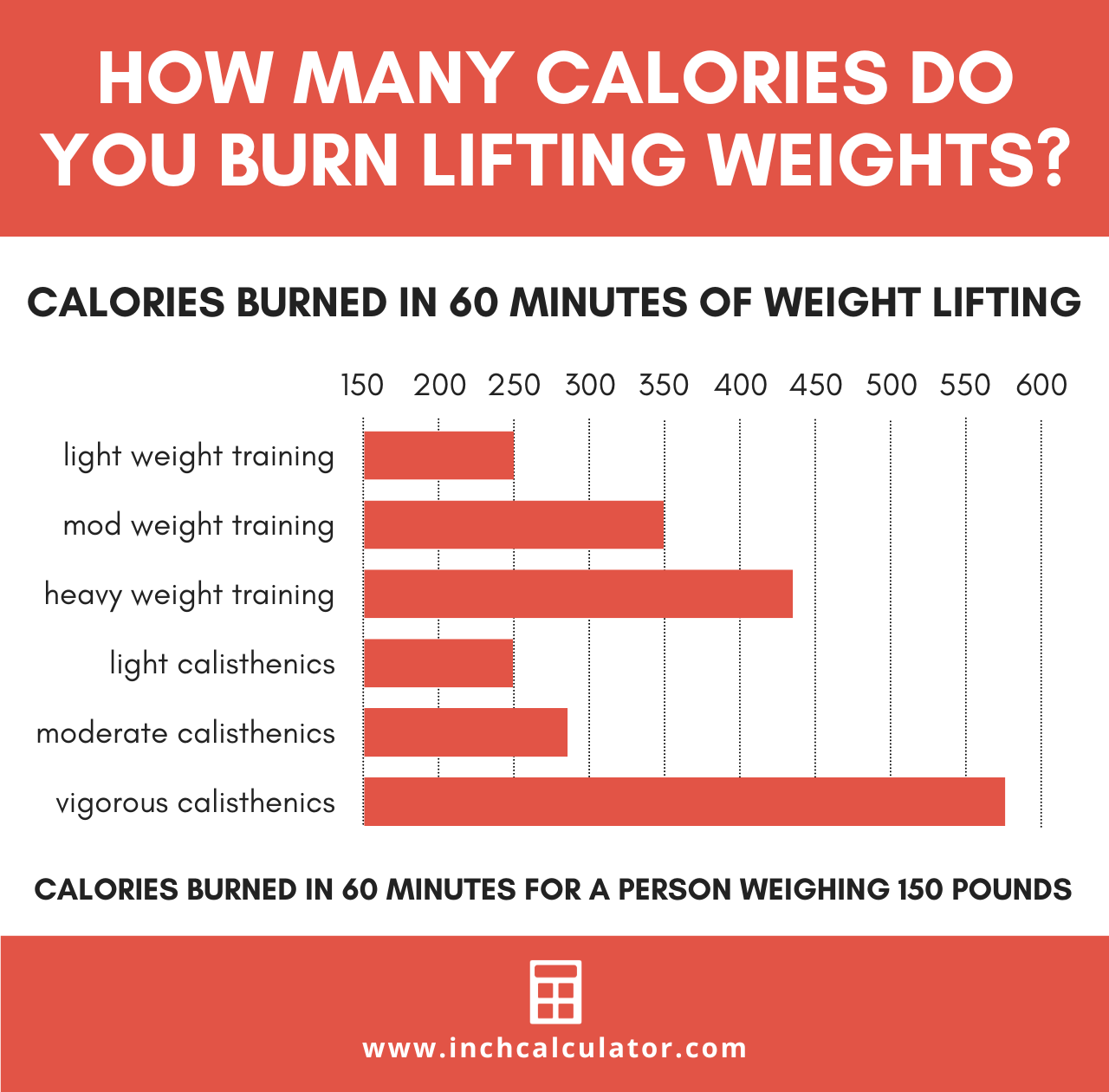
Credit: www.inchcalculator.com
Metabolic Rate Increase
Strength training boosts your metabolic rate, leading to increased calorie burn even at rest. Building muscle enhances overall energy expenditure.
Post-workout Calorie Consumption
Strength training burns calories even after the workout ends. The body needs energy to repair muscles. This process increases the metabolic rate. It can last for hours or even days. This means you keep burning calories long after exercising. It is called the afterburn effect.
Long-term Metabolic Changes
Building muscle mass boosts the metabolic rate. Muscles need more energy than fat, even at rest. More muscle means more calories burned daily. Strength training also helps maintain weight loss. It makes it easier to stay fit and healthy.
Muscle Mass And Calorie Burning
Lean muscle plays a key role in burning calories. Muscles need energy to function. This energy comes from burning calories. More muscle mass means more calories burned. Even at rest, muscles burn calories. Strength training builds lean muscle. This helps to increase the calorie-burning process.
Maintaining muscle mass is crucial for a healthy metabolism. Metabolism is the process of converting food into energy. More muscle mass can boost metabolism. This means burning more calories throughout the day. Strength training helps in maintaining and building muscle. This is important for long-term calorie burning.
Maximizing Calorie Burn
HIIT involves short bursts of intense exercise. It alternates with rest or low-intensity periods. This method is effective for burning calories. Your heart rate stays elevated, even during rest. This helps you burn more calories. HIIT sessions are usually short but very intense. They can be done with weights or bodyweight exercises. Always ensure proper form to avoid injury.
Supersets involve doing two exercises back-to-back. There is no rest in between. This keeps your heart rate up. Circuit training combines several exercises in a sequence. There is minimal rest between exercises. Both methods increase calorie burn. They also improve muscle endurance. These workouts are efficient and time-saving. Always choose exercises that target different muscle groups.
Nutrition And Strength Training
Eating the right foods helps muscles recover. Protein is very important. It helps muscles grow strong. Carbs give energy for workouts. Healthy fats help too. Drink plenty of water to stay hydrated. Eating after workouts is key. This helps the body repair itself. Choose foods like chicken, fish, and beans. Add fruits and veggies for vitamins.
The food you eat affects calories burned. High-protein diets boost metabolism. This helps burn more calories. Carbs provide energy for intense workouts. Healthy fats keep you full longer. Balanced meals are best. Eat small meals throughout the day. This keeps your energy steady. Avoid sugary snacks and drinks. They can slow down progress.
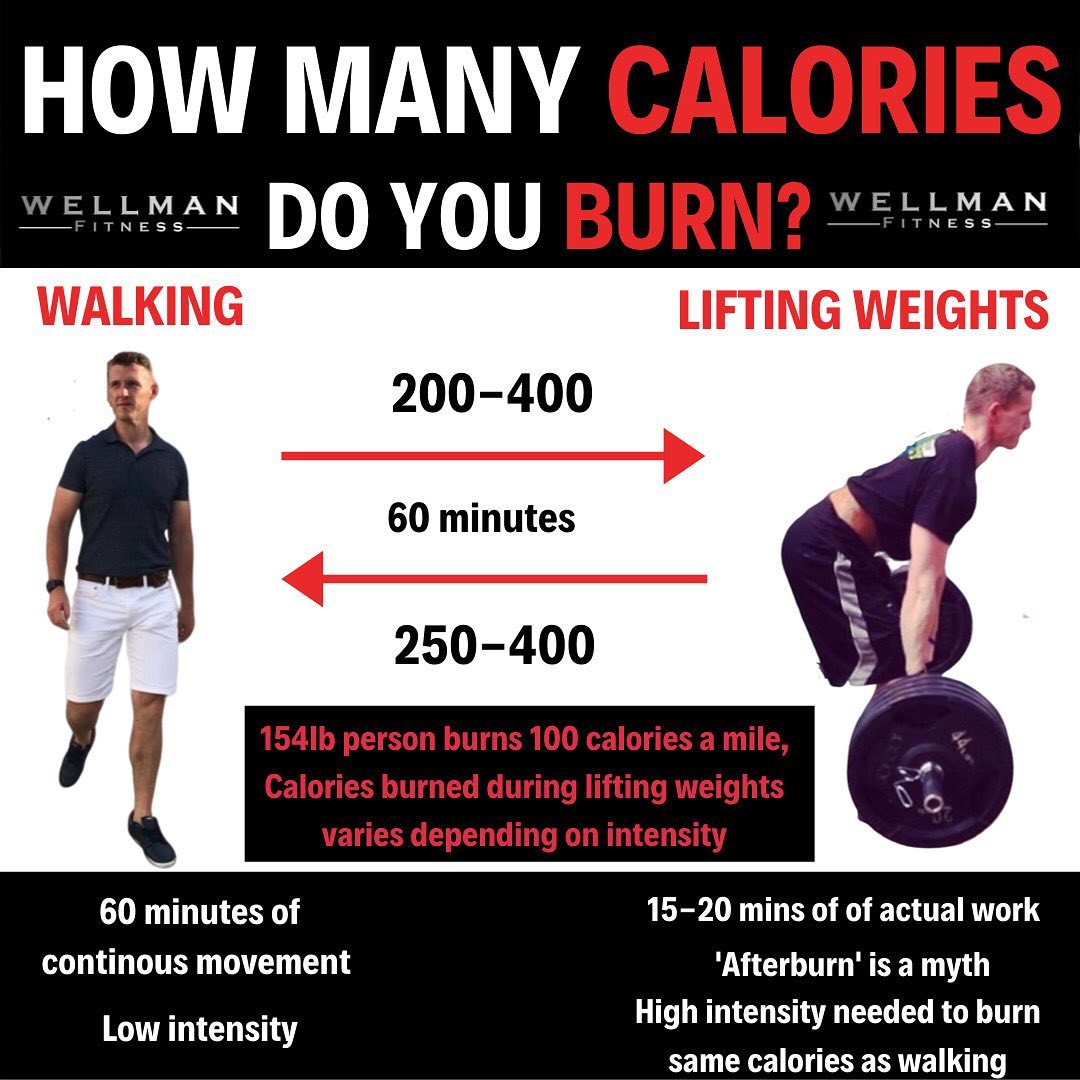
Credit: www.wellmanfitness.net
Recovery And Its Impact On Calories
Rest days are important for muscle repair. They also help maintain your energy levels. During rest days, your body still burns calories. This is due to the muscle recovery process. Even without exercise, your body uses energy. This energy comes from the calories you consume.
Sleep is crucial for muscle recovery. Good sleep helps your muscles to repair and grow. Lack of sleep can increase hunger and lead to weight gain. A well-rested body burns more calories efficiently. Quality sleep supports your overall health and fitness goals.
Frequently Asked Questions
Do You Lose Weight With Strength Training?
Yes, strength training helps you lose weight. It boosts metabolism and burns calories, aiding in fat loss and muscle gain.
How Many Calories Does Strength Training Burn?
Strength training burns approximately 90-150 calories per 30 minutes. The exact number depends on intensity and body weight.
Why Does Weight Lifting Not Burn Calories?
Weight lifting does burn calories, but fewer than cardio exercises. It primarily builds muscle, boosting metabolism over time.
How Long Do You Burn Calories After Lifting Weights?
You can burn calories for up to 48 hours after lifting weights. This is due to the afterburn effect (EPOC).
Does Strength Training Help Burn Calories?
Yes, strength training burns calories by increasing muscle mass, which boosts your metabolism.
How Many Calories Does Strength Training Burn?
The calories burned depend on workout intensity, duration, and your body weight.
Can Strength Training Aid In Weight Loss?
Yes, strength training helps in weight loss by increasing muscle mass and burning more calories.
Is Strength Training Better Than Cardio For Burning Calories?
Both have benefits. Strength training builds muscle, increasing resting calorie burn, while cardio burns more calories during the workout.
How Often Should I Do Strength Training?
Aim for at least 2-3 times per week for effective results.
Does Strength Training Burn Calories Post-workout?
Yes, muscle repair and growth continue to burn calories even after the workout.
Conclusion
Strength training effectively burns calories and boosts metabolism. It also helps build muscle mass, leading to long-term calorie burn. Incorporate strength training into your routine for better weight management and overall fitness. Remember, consistency is key to seeing results and achieving your fitness goals.
Start today and enjoy the benefits.



